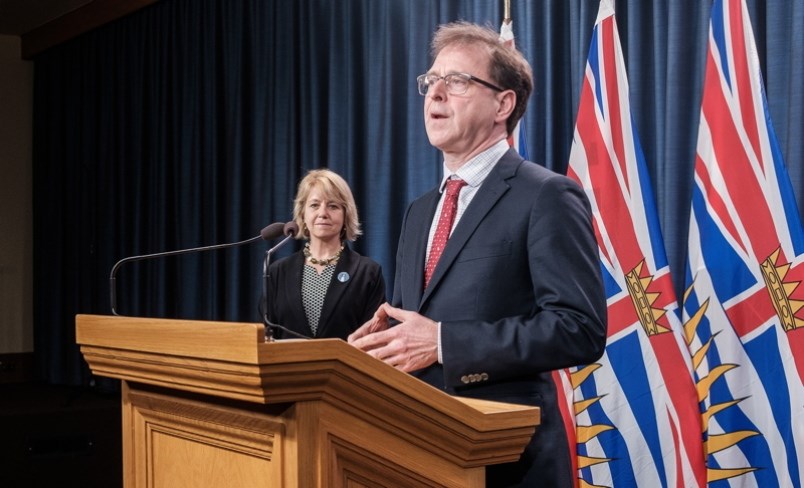The increasing number of people with severe COVID-19 symptoms is stressing ICU capacities in the north and patients have been transferred to other regions to ensure adequate critical care services can continue to be provided in Northern Health, said a spokesperson.
“We are seeing increased need for hospitalizations and patients needing critical care,” said Eryn Collins, Northern Health media relations manager.
On Dec. 4, there were 39 people with COVID-19 listed in Northern Health, with 11 of those patients in critical care. Almost 70 per cent of the total 101 hospitalizations in Northern Health have taken place in the last 34 days.
“We still have capacity to provide critical care in our northern system,” said Eryn Collins. “But we’re also seeing an increase in that level of need, so we’re accessing that capacity elsewhere in the province.”
Recently, two patients diagnosed with COVID-19 were transferred to a Vancouver Island hospital.
“It’s very important in some of our regional hospitals, such as Mills Memorial, that we ensure there is adequate ICU capacity in case of other circumstances that occur,” said Health Minister Adrian Dix on Dec. 3. “For example, the potential – especially this time of year – of a major accident on the highway.”
According to the Ministry of Health, as of Nov. 30, 17 of the 41 ICU and critical care-type beds in Northern Health were vacant and an additional 23 ‘surge’ beds could be deployed, if necessary.
Northern Health has the fewest beds of all the health authorities but it also has the smallest population.
“The capacity and occupancy varies, not just for us, but for every health region in the province,” said Collins.
The ministry’s latest count indicated two of five beds were unoccupied in Mills Memorial Hospital in Terrace; three of four ICU beds were vacant in Fort St. John; eight of 23 beds were vacant at University Hospital of Northern BC in Prince George, and four of 9 beds were open throughout the rest of the north. There were also 100 ventilators across the region, according to Northern Health.
“Where appropriate, patients are moved,” Dix said. “Sometimes from the north to Vancouver Island or Metro Vancouver.”
The ability to transfer patients across health authorities is an essential aspect of the government’s pandemic response plan released in March by Dix, Deputy Health Minister Stephen Brown and Provincial Health Officer Dr. Bonnie Henry.
“It was made clear at that time that this was the potential that we would be looking at if we started to see a certain trajectory of COVID activity and hospitalizations,” said Collins. “And we are, along with the rest of the province, seeing those increases.”
About 56 per cent of the people who have tested positive for COVID-19 in the north (and in B.C.) had done so since Oct. 31. Provincially, almost 50 per cent of all hospitalizations have taken place in the last month or so.
As of Dec. 4, in Northern Health, 978 people had tested positive, while 36,132 people had been diagnosed provincially.
Despite the added pressure of COVID-19 patients on the healthcare system, the province continues to have 76 per cent occupancy rate in its critical care beds. When surge beds are included in the ICU count, the occupancy rate drops to less than 65 per cent, said Dix.
The province-wide pandemic strategy outlined how the healthcare system would maintain 17 COVID-19 care sites and ensure adequate capacity under a range of potential pandemic scenarios. The plan revealed the number of acute care beds, ICU-type beds, ventilators, and additional surge beds that could be deployed to meet evolving healthcare demands across B.C. during the pandemic.
“We are using, as is the rest of the province, the capacity that is in the provincial healthcare system… to make sure that we can continue to care for everyone’s needs, not just COVID-related,” said Collins.
Patients are commonly transported to other regions for specialized treatment, such as cardiac care in Vancouver or other reasons not to do with COVID-19, Collins said.
“That’s something that happens all the time in health care,” said Dix. “What you are seeing is the public health care system working as it should in a pandemic.”

.png;w=120;h=80;mode=crop)

